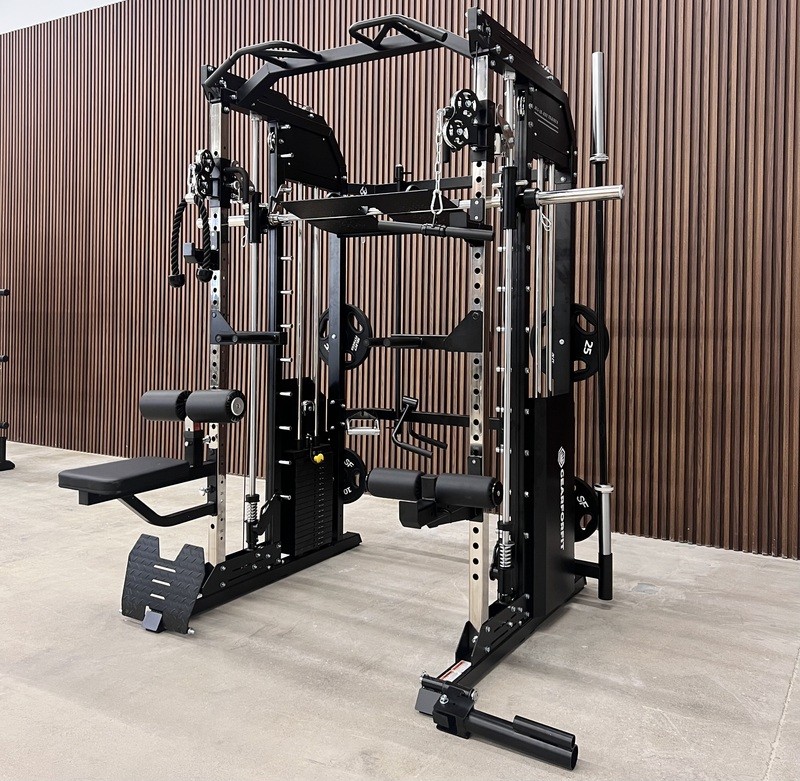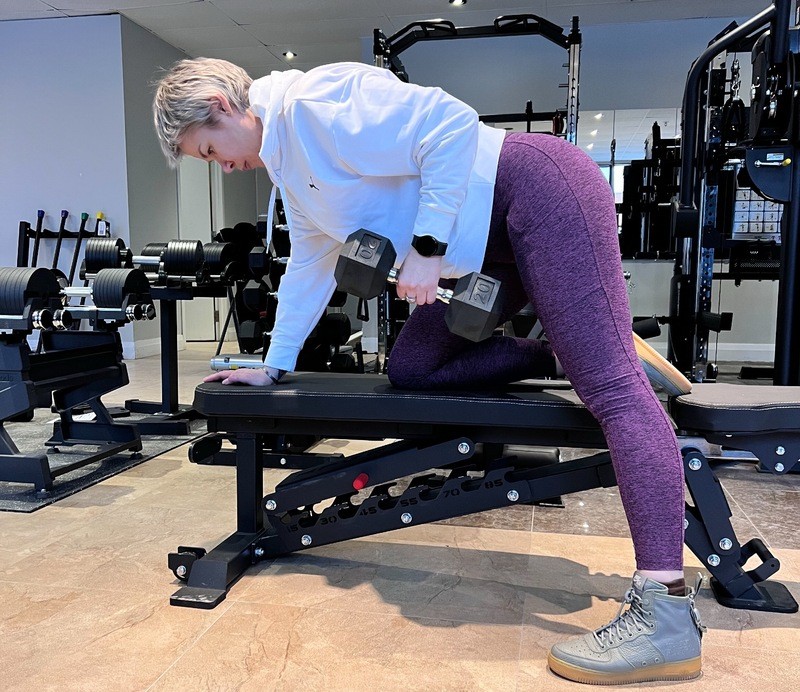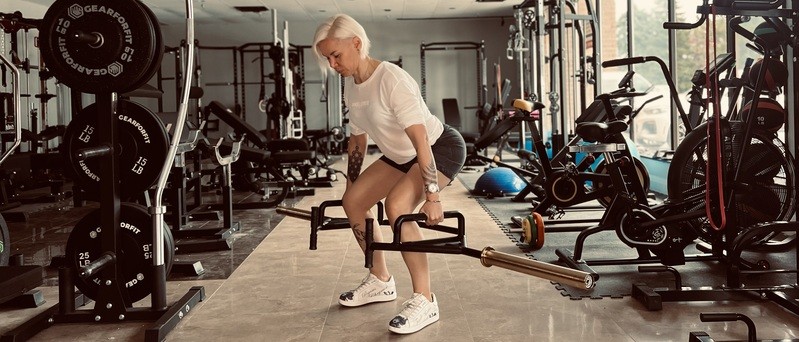blog
How to Choose the Right Functional Trainer for Your Home Gym
April 01, 2025A functional trainer is one of the most versatile pieces of gym equipment, offering a wide range of exercises for strength training, rehabilitation, and functional movement. Whether you’re setting up a home gym for general fitness, powerlifting, or sports-specific training, choosing the right functional trainer is crucial. This guide will help you determine the best option based on your needs, space, and budget.

1. Define Your Training Goals
Before purchasing a functional trainer, consider your fitness objectives:
- General Fitness and Toning – A basic dual-pulley functional trainer with a weight stack of 150–200 lbs per side is sufficient.
- Strength Training and Muscle Growth – A heavy-duty model with a higher weight capacity (200–300 lbs per stack) and multiple attachments is ideal.
- Rehabilitation and Mobility – Look for a machine with smooth pulley motion, low resistance options, and adjustable height settings.
- Sports Performance and Functional Movement – A functional trainer with multiple grip handles, free-motion pulleys, and resistance band attachments works best.
2. Pulley System and Weight Stack Capacity
A functional trainer’s pulley system affects resistance adjustments and movement efficiency.
- 1:1 Pulley Ratio – Provides full resistance from the weight stack, best for strength-focused workouts.
- 2:1 Pulley Ratio – Reduces the resistance by half, offering smoother and more controlled movements, which is ideal for functional training and rehabilitation.
Recommended Weight Stack Ranges
- Beginners and General Fitness: 150–200 lbs per stack
- Intermediate and Advanced Strength Training: 200–300 lbs per stack
3. Space and Size Considerations
Before purchasing a functional trainer, measure your available space and ceiling height.
- Compact home gyms – A space-saving model with a small footprint (width: 4–5 feet, depth: 3–4 feet) is ideal.
- Large home gyms – A full-sized unit with integrated storage, pull-up bars, and additional features provides more workout variety.
- Ceiling height – Ensure at least 8–9 feet of clearance if the trainer includes a pull-up bar.
For limited space, a functional trainer with a foldable or wall-mounted design can be a great solution.
4. Attachments for Workout Versatility
A high-quality functional trainer should come with multiple attachments to maximize workout options.
Essential Accessories
- Handles, ankle straps, lat bar, and triceps rope
- J-hooks and dip bars for bodyweight exercises
- Resistance band pegs for progressive resistance training
- Pull-up and dip bars for upper body strength
Some premium models also feature an integrated Smith machine, leg press, or squat rack, providing a complete strength training setup.
5. Build Quality and Durability
Investing in a durable and well-built functional trainer is crucial for long-term use. Look for:
- A heavy-duty steel frame (11- or 12-gauge steel)
- A smooth and adjustable pulley system with commercial-grade cables
- Precision weight stacks for quiet and fluid movements
- A stable base and safety locks for injury prevention
Avoid models with thin steel tubing or low-quality pulleys, as they wear out quickly and may not provide the stability needed for intense workouts.
6. Budget and Price Considerations
Functional trainers vary widely in price, with options available for different budgets.
- Budget Models ($1,500–$2,500) – Basic dual-pulley systems with essential attachments.
- Mid-Range Models ($2,500–$3,500) – Higher weight stacks, better pulleys, and extra accessories.
- Premium Models ($3,500+) – Includes additional features such as a Smith machine, power rack, and plate-loaded options.
For long-term strength training, investing in a mid-to-premium model with expandable features is recommended.
7. Brand Reputation and Warranty
Choose a functional trainer from a reputable brand that offers reliable customer support and warranties. Key considerations include:
- A 1–2 year warranty on parts and cables
- A lifetime warranty on the frame
- Availability of replacement parts and accessories
Brands such as GearForFit, Inspire Fitness, Force USA, and Body-Solid offer high-quality functional trainers with solid warranties.
Conclusion: Finding the Right Functional Trainer
Choosing the best functional trainer depends on individual fitness goals, available space, and budget.
- For Beginners and General Fitness – A compact dual-pulley model with 150–200 lbs per stack is sufficient.
- For Strength and Muscle Building – A heavy-duty model with a Smith machine and power rack provides more versatility.
- For Functional and Rehabilitation Training – A trainer with adjustable pulleys and a smooth motion system offers better support.
For high-quality functional trainers and expert guidance, explore GearForFit’s selection of home gym equipment.





